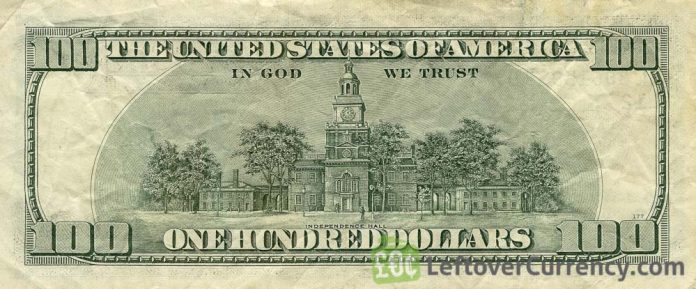Just like the Leone, Liberia’s currency continues to decline in value against the United States Dollar, despite efforts by the former and this government to stabilize them.
In Liberia, the International Monetary Fund says the depreciation is due to factors like excessive borrowing, the use of foreign currency to pay for imported goods and services, currency speculation, high interest rate and inflation.
The Liberia Central Bank reports that between 2016 and 2019, it has used US $600M to fight the decline of the Liberian currency exchange rate.
The payment is comprised of $381M from the 25% of remittances withheld, $105M from the sales of T-bonds and the $119M withdrawals from the “Specific Accumulated Rainy-Day Money”. Yet, the depreciation continues, and it is now L$201 to US $1, from L$62 to US $1 in 2006.
The decline is due to many factors, including, but not limited to excessive borrowing by Liberian administrations, the demand to use foreign currency to pay for imported goods and services, speculation, high interest rate, inflation, etc., according to the International Monetary Fund (IMF). If Liberia produces rice, for example, merchants will use local currency to buy rice for sales, thereby, improving the value of the country’s exchange rate.
Exchange rate is the value of one currency when measured against the currency of a foreign country. Currency exchange rate usually moves up and down, and the frequency is not good for any government and/or for investors.
Financial experts recommend that a government should develop economic tools to increase/decrease the local currency or increase/decrease the foreign currency in order to balance the exchange rate.
If a government wants to increase the value of the local currency, it will reduce the local currency by using foreign currency to buy up the excess local currency. Alternatively, it can reduce the value of the local currency, by printing new banknotes, of course not to replace the old banknotes.
It is not difficult to print new banknotes and increase the local currency (which too can cause inflation – too much money chasing too few goods), but it is difficult to generate/raise foreign currency to buy up the excess local currency.
Liberia has generated cash from three sources: (1) withheld 25% of foreign remittance, (2) money withdrawn from the Net International Foreign Exchange Reserves, and (3) money received from the sales of T-Bonds.
But having on hand US $600M during the three years, why did the government fail to improve the value of the Liberian currency?
Additionally, if the government used the $600M to buy the excess Liberian banknotes, where are the old banknotes the government purchased?
Better yet, why did the government print new banknotes in 2016, 2017 and 2018, if the country had excess local currency, which was depreciating the country’s exchange rate?
Did the government use the US $600M to reduce the local currency since there is excess, which is depreciating the exchange rate?
The method the government used to improve the Liberian currency exchange rate indicates why Liberia has excess currency, which is depreciating its exchange rate. Sierra Leone can learn from this!




